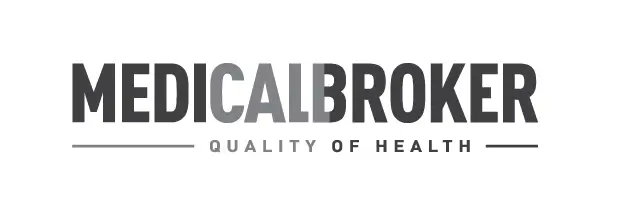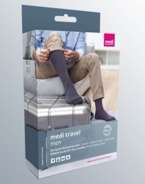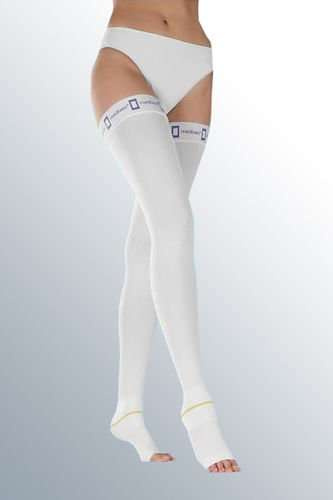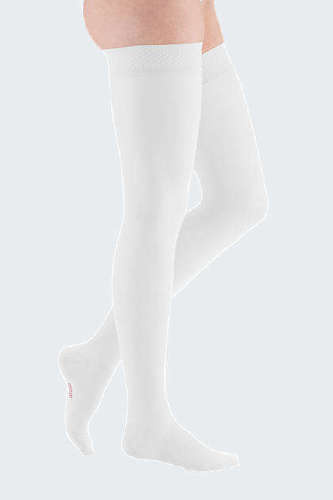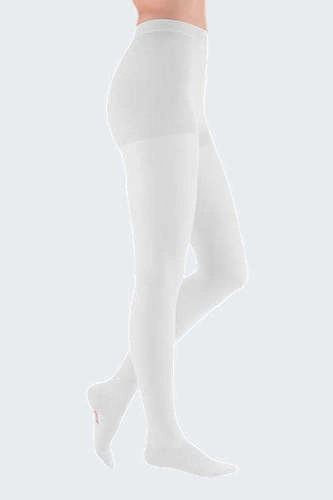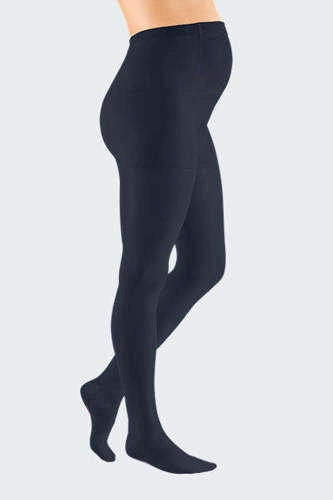How to fix varicose veins and spider veins?
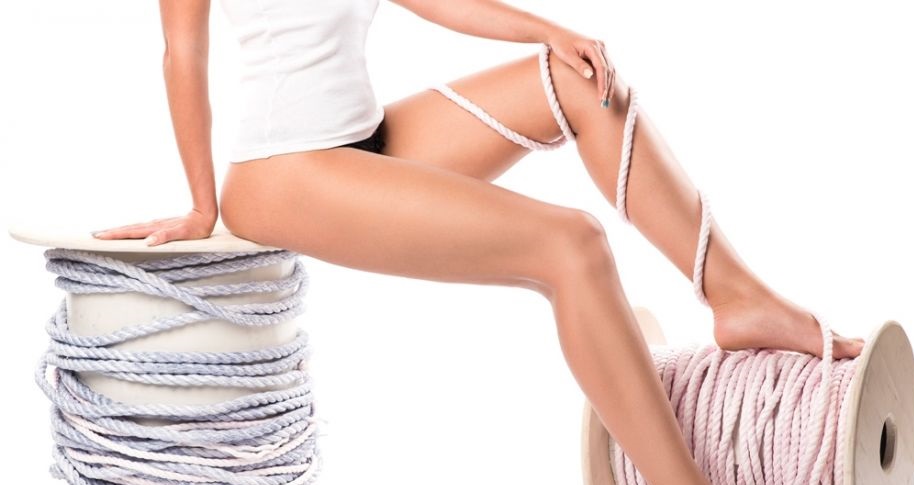
Varicose veins are leg veins that have damaged valves, which prevent proper blood flow from the legs to the heart. Not only is this condition visually unappealing, but it can also cause muscle cramps, swelling of the feet and a feeling of heaviness. So how exactly can this condition be treated?
What are varicose veins?
Varicose veins is a condition of the leg veins that is usually caused by standing for long periods of time. This condition can affect veins from any part of the body, however, it most commonly occurs in the legs, because of the constant pressure of the weight of the body being exerted onto the legs. In appearance, varicose veins are twisted and enlarged, however, variants such as the spider veins varicose condition are less prominent and more of a cosmetic concern (Varicose veins).
Varicose veins can be caused by a number of factors - however, it is essential to first know how leg veins function. Bear in mind that the heart, lungs and blood are all connected - in order for your body to function properly, you need to have good blood flow. Your heart pumps blood that has been oxygenated by the lungs all throughout your body, including the legs. Now in order for blood to circulate from the legs back to your heart, it needs to be forced up, which means going against gravity. Doing so requires your leg muscles to create pressure, which forces the blood through the veins. In order to prevent blood from falling back down, the leg veins have valves that close off. In the case of varicose veins, the valves are damaged, which results in blood forming pools - thus deforming and twisting the veins (Varicose veins).
As we age, the valves in our leg veins begin to function less effectively, allowing for some blood to fall back down - eventually creating pools of blood, which leads to varicose veins. However, aside from old age, you’re more at risk of developing this condition if you’re a woman, are pregnant, have a history of varicose veins in the family, are obese, or have a tendancy of sitting or standing for long periods of time (Varicose veins). Both the condition of the valves in your veins, your blood flow, and your overall weight are major factors as to whether or not you will have varicose veins.
Getting diagnosed with varicose veins
In most cases, self-diagnosing for varicose veins is possible, however, it is recommended that you see a medical professional if you suspect that you may have them. The most common signs are dark purple or blue veins that bulge out and are twisted. Aside from symptoms you can spot with the naked eye, you may also experience a heavy feeling in the legs, swelling and burning sensations in the legs, itching and discoloration around a vein. Spider veins on the other hand are also fairly easy to spot, however, they are smaller in size and are closer to the skin’s surface (Varicose veins). Spider veins also have a tendency of appearing on the face, usually in the shape of a spider’s web.
How to fix varicose veins?
In order to reduce varicose and spider veins, you have a number of treatment options to choose from, including Medical treatments (endothermal ablation, ambulatory phlebectomy, sclerotherapy, ligation and stripping, laser surgery and endoscopic vein surgery), regular exercise, maintaining a healthy diet and wearing compression stockings (Home remedies for varicose veins). Aside from medical treatments, these treatment options can also be practiced as a form of prevention as well. By maintaining good blood flow, proper body weight, a balanced diet and staying active, you can significantly reduce the possibility of having varicose veins (Home remedies for varicose veins).
Regular exercise is a great way to not only improve blood flow, but also helps to lower blood pressure - which is another factor that can cause varicose veins. It's important to stimulate your leg muscles during exercises, as they’re responsible for pumping blood towards the heart. Less-strenuous exercises you can start right now are swimming, jogging or cycling (Home remedies for varicose veins). Prior to setting up an exercise routine, you should speak with your doctor and ask which option is best-suited for your condition.
If you decide to focus on implementing a more healthy diet, you should consider reducing your sodium intake (sodium helps your body retain water - too much retained water becomes extra body weight) and switch over to more potassium-rich foods, which help to reduce water retention (Home remedies for varicose veins).
Treating varicose veins with compression stockings
One of the most effective methods of treatment for varicose veins and spider veins is with the help of compression stockings. This type of medical equipment is designed specifically for people who have problems relating to their leg veins. These compression stockings apply a set amount of pressure that is the highest around the ankles, and gradually decreases the higher up the leg. The purpose of doing so is to prevent blood from pooling in the veins and dilation of the veins.
Compression stockings are made of light materials, and can be worn under everyday clothing, however, since they are medical equipment, it is best to speak with a physical therapist or doctor prior to making a purchase. Compression stockings come in a variety of pressure classes, and choosing the right pair depends on the severity of your condition - therefore, it is crucial that you first receive professional advice, in order to choose the right product for yourself.For more advice on choosing the right compression stockings and to purchase a model best-suited for you, visit our page.
Sources:
- “Varicose veins”, Mayo Clinic staff, Jan. 16, 2019 https://www.mayoclinic.org/diseases-conditions/varicose-veins/symptoms-causes/syc-20350643
- “Home remedies for varicose veins”, Medical News Daily, January 31, 2020 https://www.medicalnewstoday.com/articles/321703#outlook
Recommended

